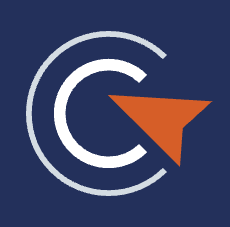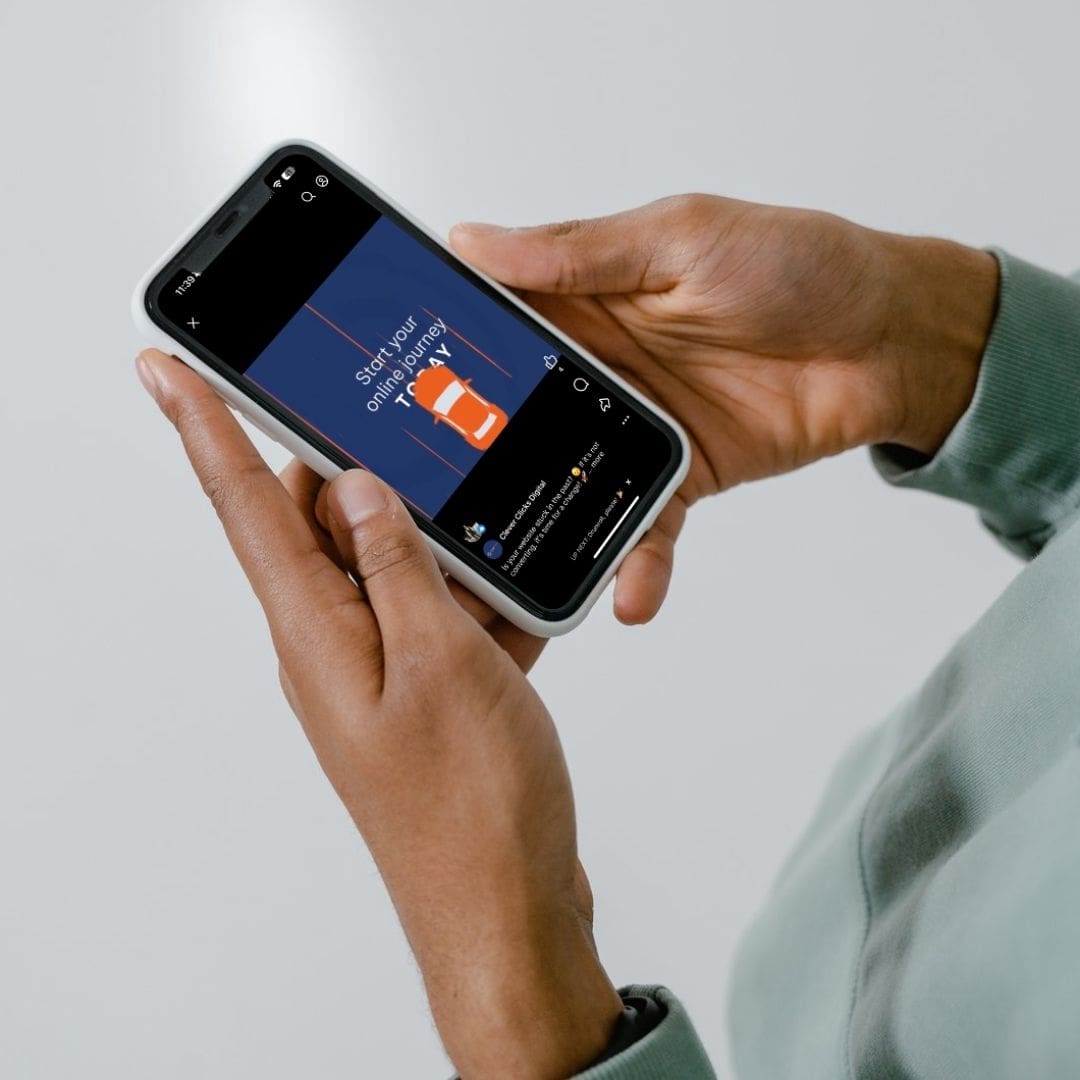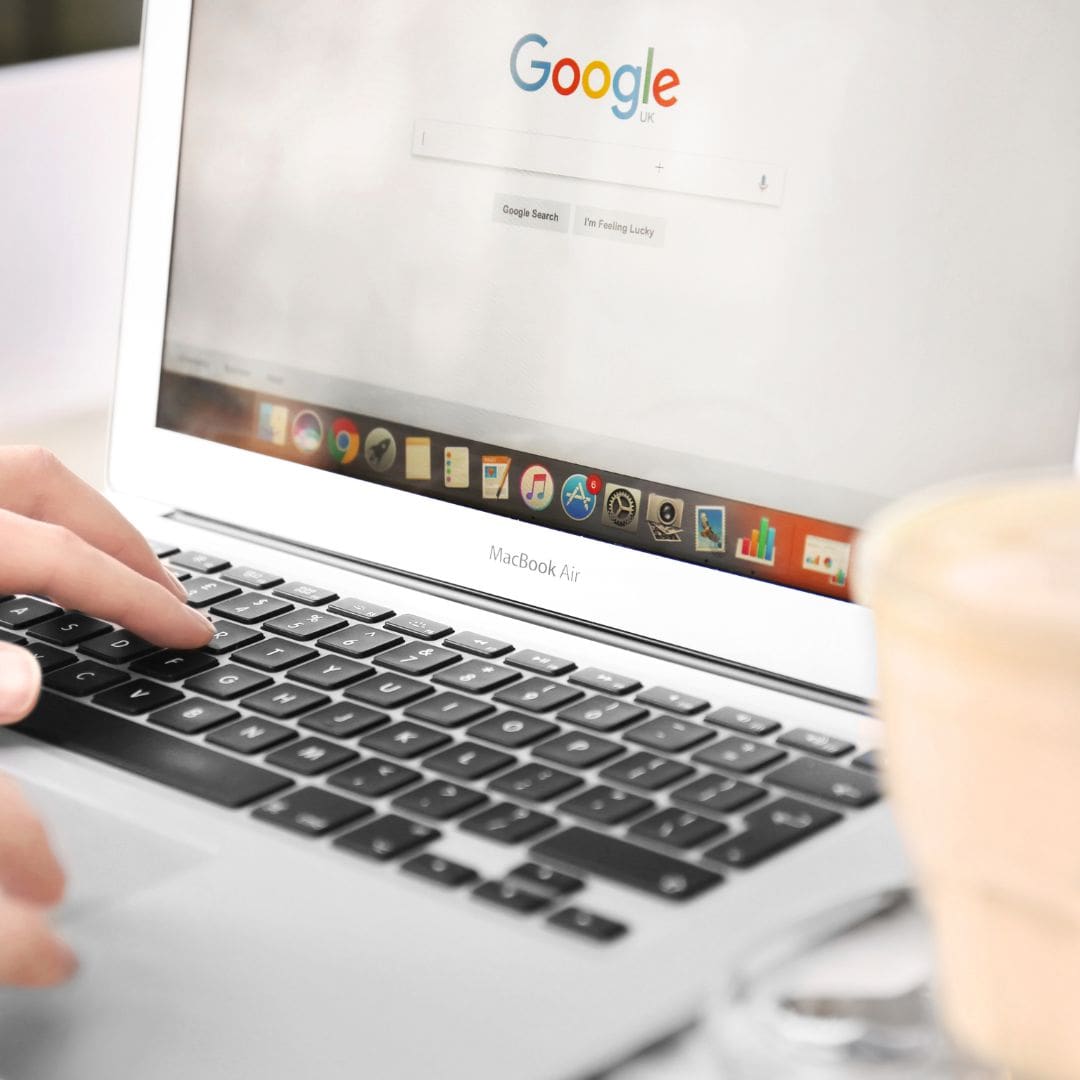What’s New in Paid Media
The latest trends shaping digital advertising





By Savannah Dickson
Senior PPC Executive
With a decade of experience in digital marketing, Savannah brings a well-rounded perspective from both agency and client-side roles. She specialises in PPC, social media and content writing.
30 June 2025
Blog PPC Social MediaPaid media trends are constantly evolving and adapting, with new platforms, features, and strategies emerging at a rapid pace. Staying ahead of the curve is essential for brands looking to maximise ROI and engage their target audiences effectively.
So, what’s new in paid media? Find out the latest key trends and updates shaping digital advertising this year so far in our all-you-need-to-know guide below.
Artificial intelligence (AI) is playing a bigger role in paid media than ever before. From Google’s Performance Max campaigns to Meta’s Advantage+ Shopping Ads, automation is taking the guesswork out of campaign optimisation. AI powered tools such as the ability to automatically adjust bids and generating creative variations based on performance insights are helping advertisers to scale their businesses.
AI is also being integrated into creative development. Platforms like Google Ads and Meta are testing AI-generated ad copy and visuals, making it easier for advertisers to produce high-performing assets without extensive manual input. This year so far we’ve already noticed brands embracing AI-driven advertising are gaining a competitive edge in efficiency and performance while saving time and resources.
With third-party cookies on their way out, advertisers are facing a major shift in audience targeting. Google has begun rolling out its Privacy Sandbox, prioritising user privacy while still allowing advertisers to reach relevant audiences.
Key alternatives to cookie-based tracking include:
It’s clear to us that brands must adapt their strategies to prioritise privacy-friendly advertising methods and invest in new data collection techniques to maintain performance.
Short-form video is the undisputed king of social media, and paid media strategies are evolving to reflect this. Platforms like TikTok, Instagram Reels, and YouTube Shorts are seeing skyrocketing engagement, leading advertisers to shift budgets towards:
Vertical video ads: Optimised for mobile-first experiences.
Interactive ad formats: Shoppable video ads that drive direct conversions.
Creator-led campaigns: Partnering with influencers to make paid content feel organic.
In addition, live shopping experiences are gaining traction, where brands can run paid ads promoting live sales events, blending content with commerce.
If video isn’t already a key part of your paid media mix, now is the time to invest and refine your video-first strategy.
Traditionally, paid media was split between performance-focused campaigns (PPC, conversion ads) and brand-building campaigns (awareness, engagement). But the line is blurring.
Platforms are integrating brand-building features into performance campaigns, including:
Meta’s Advantage+ Creative Suite auto-optimises creative elements for different audiences.
YouTube’s Video Reach campaigns, blending awareness and conversion goals.
LinkedIn’s Thought Leader Ads, enabling brands to promote organic posts from company executives.
TikTok’s Branded Mission Ads, which allow users to create content for brands, enhancing authenticity and engagement.
This shift means advertisers must think beyond just conversions and start prioritising long-term brand impact.
With increasing competition across paid channels, CPCs are climbing, particularly in industries like e-commerce and finance. However, brands can reduce rising costs and make the most of out of new opportunities to reach their audience by:
Exploring alternative platforms: TikTok, Reddit, and Pinterest often have lower ad costs than Google and Meta.
Using organic vs. paid ads: A strong organic presence can reduce dependency on paid ads.
Focusing on audience retention: Retargeting existing customers and email subscribers is more cost-effective than acquiring new users.
Testing new ad formats: Experimenting with carousel ads, video ads, and immersive experiences to improve engagement without increasing spend significantly.
Social commerce continues to grow, with platforms like Instagram, TikTok, and YouTube enhancing their shopping features. New updates include:
TikTok Shop rolling out in more regions, enabling in-app product purchases.
Instagram has improved its product tagging for smoother in-feed shopping experiences.
YouTube integrating shoppable video ads directly within live streams.
Pinterest has expanded its catalog ads, allowing for seamless product discovery and checkout.
As users become more comfortable with buying directly from social platforms, advertisers must continue to optimise their paid strategies for seamless in-platform shopping.
According to Reboot Online, around 9 in 10 internet users claim to encounter paid ads when browsing Google search results. With paid search now making up nearly 39% of digital advertising spend, digital marketers are increasingly turning to it as a key tactic in their efforts to dominate the search engine results page (SERP) within their industry.
With paid media constantly changing, new ad formats are emerging that give brands fresh ways to connect with audiences. Some of the most promising include:
Augmented Reality (AR) ads: Platforms like Snapchat and Instagram are expanding their AR ad capabilities, allowing brands to create immersive experiences.
Conversational Ads: WhatsApp and Messenger ads that enable direct interactions between brands and consumers.
Interactive Poll Ads: Available on LinkedIn and Instagram, these ads encourage engagement by allowing users to vote within the ad itself.
AI-Generated Ad Creatives: Tools like Google’s AI-powered ad variations help advertisers create multiple ad versions instantly, optimising based on performance data.
We recommend optimising your ad creative with clear CTAs and high-quality product images to capitalise on these in-platform opportunities. Testing new ad formats early can give brands a competitive edge in standing out from the competition.
Paid media is evolving faster than ever, with AI, privacy changes, video dominance, and retail media networks shaping the future. Brands that stay agile, experiment with new formats, and balance performance with brand-building will be best positioned for success in this ever-changing landscape.
Which of these trends are you most excited to explore in your paid media strategy?
Feeling confused by Paid Media? Reach out to our team of experts today – we’re here to help you make sense of it all.

Explore the latest data on video advertising and find out whether investing in video ads can drive results and deliver a strong return on investment.
Read full blog
Discover how Google’s Helpful Content Update 2025 has transformed blogging, shifting the focus from SEO tricks to people-first, genuinely valuable content that drives long-term search success.
Read full blog